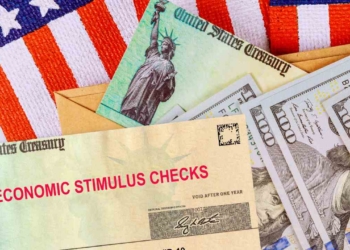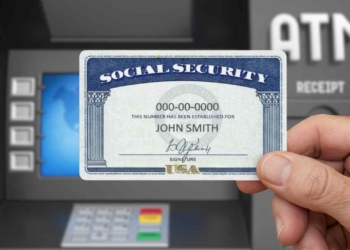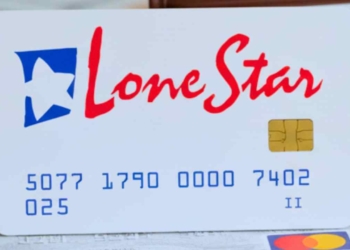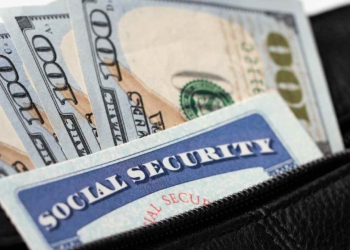SSI is the Supplemental Security Income benefit. This program gets funds from the Federal Government and the Social Security administers paydays and applications. If you are eligible for this benefit payment, you will usually receive the direct deposit or check on the first day of the month.
However, March 1 falls on the weekend and the Administration never issues payments on non-business days. Therefore, the last day in February will be when the Federal Government will distribute SSI payments in the United States.
SSI on February 28
11 days after Presidents Day will be when the Supplemental Security Income program payment will be delivered. It is the only payday for March, but ahead of schedule.
Hence, all SSI recipients who remain eligible will get their direct deposit or check on February 28. If you have never collected this payment but February 28 will be your first payday, there is something you should know.
Bear in mind that SSI payments could arrive on February 28 or a little bit later if your bank did not have enough time to process your payment. Anyway, you should contact Social Security if your payment was delayed after 3 mailing days. Still, payments are expected to be on time.
SSI payment amounts for Feb. 28 in the U.S.
The Supplemental Security Income payments are about $714 on average. Thanks to the 2025 COLA increase all eligible recipients get 2.5% more than in the previous year.
Other average payments are:
- $590: seniors aged 65 or older
- $762: recipients aged 18-64
- $834: beneficiaries aged under 18
As for the maximum amounts, they could be up to $1,450 for couples who are married and both qualify for SSI. Individuals on Supplemental Security Income can get up to $967.
Nevertheless, many recipients get a reduction because they have other earnings or benefits. For example, some receive this benefit on the 1st, though it will be on the 28th of this month, and Social Security on the 3rd.







